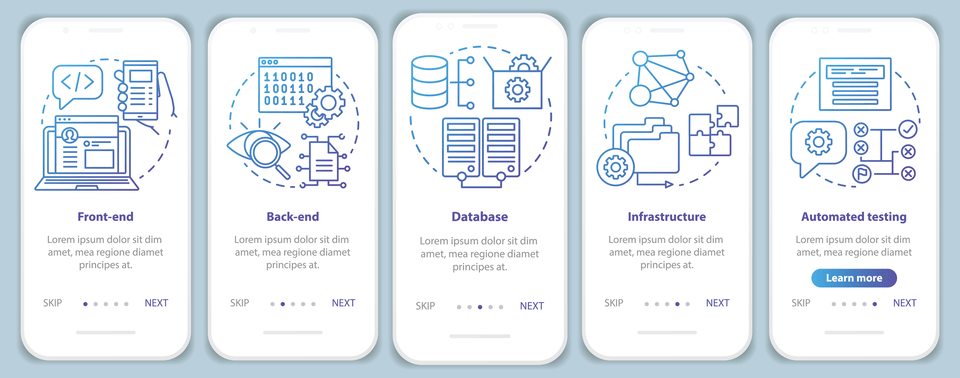Definition Of Decision Table
Thus, for simplicity, the term “testing” here is used to refer to function-based testing, specification-oriented testing, or black-box testing. Decision table provides a handy and compact way to represent complex business logic. In a decision table, business logic is well divided into conditions, actions define decision table (decisions) and rules for representing the various components that form the business logic. Consider a wizard that guides bank customers through a set of questions and returns the account type that best fits their needs. The decision can be configured with a decision table or a decision tree.
- By reordering rows in the Conditions area you can perform operations on condition cells at the desired granularity.
- Unnecessary redundancy leads to complex and error prone change management.
- This chapter describes how to use Decision Tables to create and use business rules in an easy to understand format that provides an alternative to the IF/THEN rule format.
- To use a Decision Table for rules in this sample application you work with facts representing a customer spending level and a customer credit risk for a particular customer and a particular order.
Before adding rules you need to create the Oracle Business Rules data model. The data model contains the business data definitions (types) and definitions for facts that you use to create rules. For example, for this sample the data model includes the XML schema elements from order.xsd that you specify when you define inputs and outputs for the business rule activity. The business rule service component enables you to integrate your SOA composite application with a business rule.
Not the answer you’re looking for? Browse other questions tagged database or ask your own question.
A simple example might be a lookup table containing a range of possible input values and a function pointer to the section of code to process that input. Decision tables, especially when coupled with the use of a domain-specific language, allow developers and policy experts to work from the same information, the decision tables themselves. Each decision corresponds to a variable, relation or predicate whose possible values are listed among the condition alternatives. Each action is a procedure or operation to perform, and the entries specify whether (or in what order) the action is to be performed for the set of condition alternatives the entry corresponds to. The condition is simple if the user provides the correct username and password the user will be redirected to the homepage.

A Decision Table includes a Conditions area where you specify Decision Table condition rows. The condition rows determine the facts that the Oracle Rules Engine matches at runtime. To create a Decision Table you need to add one or more condition rows to the Decision Table. Once Rule Families connect to each other, the world of single two-dimensional tables turns into one of model management which offers new innovations.
Decision Table
In the Conditions area, when condition cells have the same parent condition cell the cells are called siblings. Certain operations only apply for condition cells that are siblings. For example, Figure 5-4 shows two sibling cells that are selected; with these cells selected the Merge Selected Cells operation is valid. For these cells, the corresponding value set with the value fail for Driver.eye_test is also a sibling (as shown in the R3 and R4 columns in Figure 5-4). For more information, see How to Merge or Split Conditions in a Decision Table. Decision tables are a good way to describe requirements when there are several business rules that interact together.
You can also right click and select Edit Bucket Description to change the description. In Excel, enable the macros to view the Oracle Business Rules tab, which provides you with options to author rules, edit Value Sets, and set preferences. You can export and edit Decision Tables at design-time in Oracle JDeveloper or Business Process Composer.
ML & Data Science
If you use a decision table in a situation where few conditions evaluate against the same property, the decision table has empty boxes where a value is not needed for the decision. Decision tables and decision trees cannot always be used interchangeably within Pega Platform™ applications. You can reference a decision table or decision tree on flow rules, declare expressions, activities, or routers. Some configurations, such as cascading approvals with an authority matrix, only support evaluation of decision tables. An action cell that contains multiple values for a property is invalid.

This creates a business rule dictionary and enables you to execute business rules and make business decisions based on the rules. Two rules conflict when they overlap and they have different actions. Two rules overlap when at least one of their condition cells has a value in common. For more information, see Understanding Decision Table Conflict Analysis.
They do so by ensuring that that no aspect of the model depends on sequence of processing. The model is therefore purely declarative, meaning that technology can execute it in any sequence because there are no procedural constraints implied by its structure. If a specific combination of conditions is invalid, then define one action to flag the error or invalid condition. 1) Start with the last condition and alternate its possible values across the row. For a condition with two possible values, the pattern will repeat itself every two columns. If three values are possible, the pattern repeats itself every three columns.

The requirements specialist also becomes more confident that everything that is important is actually documented. If there are no decision tables, testers can create them during test design to be able to write better test cases. In a decision table (or induction table), knowledge is organized in a spreadsheet format, using columns and rows.